4 Pre-Steps to Learning Boxing: A Practical Guide
Boxing can be an expensive hobby, but it can also be a rewarding and enjoyable one. If you are someone who has been thinking about learning boxing, this post is for you.
The cost of boxing can vary depending on a number of factors, including the cost of equipment, gym membership, training, and competition fees.
One of the biggest expenses associated with boxing is the cost of equipment. Boxing gloves, hand wraps, headgear, and other protective gear can be quite costly. Additionally, many gyms and clubs charge a membership fee to use their facilities and equipment.
Despite these costs, many people find that the benefits of boxing outweigh the expenses. Boxing can help improve physical fitness, boost self-confidence, and provide a sense of accomplishment. Additionally, many people find that the camaraderie and sense of community within the sport is well worth the cost.
Costs should not come in the way of anyone trying to box for the first time. I have put together some simple steps you can follow, most of which are free to see if you have it in you to take the plunge into the world of boxing.
Training the Body
Boxing is a physically intensive sport. You cannot aspire to be a boxer if your physical fitness is below par. Before you take up boxing seriously, you should try a 30-day exercise regimen to see if you can do it. You know you are ready to learn boxing if you are able to follow these exercises for a majority of the 30 days.
- Start with a cardio routine: Cardio is an essential component of boxing training. Start by incorporating cardio exercises such as running, cycling, swimming, or jumping rope into your routine. Aim for at least 30 minutes of cardio every day during week 1. Make sure you take a 2 day break every week because rest is as important as exercise. Starting with cardio will help you assess your physical fitness levels before you dive into learn boxing.
- Build muscle strength: Boxing requires a combination of strength and endurance. Incorporate weightlifting exercises such as squats, deadlifts, bench press and rows to target different muscle groups. Aim for 30 min of muscle strength training in week 2 along with 30 min of cardio.
- Core strength: A strong core is important for stability, balance, and power transfer during punches. Incorporate exercises such as planks, Russian twists and leg raises to target the core. Aim to 15-20 min of core strength training along with muscle strength training and cardio in week 3, bringing your overall time spent on training to 75-80 min a day.
- Flexibility training: Flexibility is one of the most important aspects of learning boxing. Not only does it help prevent injuries, but it also makes you more nimble and agile. Add 15-20 min of dynamic stretching or Yoga in your exercise schedule in week 4 to hit the 90 min target.
- Have fun: If you have managed to hit your goals for 4 weeks, it is time to reward yourself and have fun. Continue your 90 min schedule but try and replace one of exercises with a fun activity like cycling, swimming or even long walks.
- Nutrition is an important part of the routine, but outside of the scope of this post. If you are disciplined and committed enough to get through 5 weeks of physical training, I feel confident you can fix your diet. I will cover that in another post.
Training the Mind
Congratulations on successfully completing your physical self-assessment. You are ready to move on to step 2 which is training the mind. The mind plays an equally important role in boxing. There are simple exercises you can do on a daily basis to set you up for success.
- Meditation: Meditation can help you focus on the task at hand by calming your mind and reducing tension. You can also improve your resilience and mental toughness using it. Start by using Headspace or another guided meditation app for 15 minutes. Some boxers find it very helpful to start every training session with a detailed visualization of what they are going to do at the gym. You can use it to visualize your boxing training sessions too.
- Positive self-talk: Positive self-talk can help to boost your confidence and motivation. Repeat positive affirmations to yourself such as “I am a winner”, “I am capable” and “I will achieve my goals”. A simple tip is to write down your positive affirmation and keep it on you at all times and go back to it whenever you feel low on motivation.
- Mindfulness: Mindfulness can help you be present in the moment, focus on your breathing and stay calm under pressure, which is important in the ring. Take 3 deep breaths and focus on your body starting from the top of your head to your toes whenever you feel stress or pressure
- Goal setting: Human beings are aiming creatures, some studies suggest that the modern man’s DNA is 97% hunter gatherer. You achieve what you aim for. Setting clear and realistic goals can help you stay motivated and focused. Write down your goals and track your progress every evening, you can do it just before bed. It is hard to overstate the importance of goal setting before you begin your boxing learning sessions formally.
Pre-boxing exploration
- Research local gyms and clubs: Look up nearby gyms and clubs to see if any of them offer boxing instruction and lessons. To find out more about their courses, teachers, and facilities, visit their websites and social media profiles. There are several courses available on YouTube for free or you can look at places like Thinkific where there are great courses delivered by the best coaches.
- Connect with online communities: Join online communities such as forums, Facebook groups, and social media pages that are dedicated to boxing. This can be a great way to learn more about the sport and connect with other people who are interested in getting into boxing. Getting a partner to starting your learning journey in boxing is a great way to stay on course.
- Reach out to professional boxers: Speak with professional boxers and find out their advice for someone just starting out as well as their experiences. These boxers would have started learning how to box early in their lives, but you can shorten the learning curve by talking to them.
- Attend classes and events: Get a feel for the sport by attending courses and events at neighborhood gyms and clubs, where you may also meet other boxing enthusiasts. Talking to seasoned boxers and trainers might be a terrific chance during this time as well.
It’s important to remember that reaching out to experts takes time, patience and effort. But it’s a great way to learn more about the sport, gain access to resources and opportunities, and connect with people who can help you achieve your goals.
Your first purchases
It has cost you little to nothing in your boxing journey so far. You have fixed your physical and mental health, you have a daily routine, you feel super confident that you can continue doing this for a period of time. You also have a fair idea about what it is going to cost you overall to get into the sport after having had conversations with boxing experts. Here are some basic boxing equipment you will need before you begin your training sessions in boxing.
Must haves
- Gloves: Boxing gloves are an essential piece of equipment for the sport of boxing. They protect the hands of the boxer from injury and also protect their opponents from being hit too hard. Boxing gloves are designed to absorb the impact of punches and distribute the force evenly across the surface of the glove. This helps to prevent injuries such as broken bones, cuts, and bruises. In addition to providing protection, boxing gloves also help to improve the performance of boxers by allowing them to punch harder and more accurately. Overall, the use of boxing gloves is crucial for the safety and effectiveness of the sport of boxing. Don’t hesitate to invest in a good pair of gloves even if they are expensive, your risk of injury is highest when you are just learning how to box ($40 – $230). We have put together an expert reviewed list of best boxing gloves in 2023 to get you started.
- Hand wraps: For support and protection during boxing practice and sparring, boxers wear hand wraps, which are thin strips of fabric wrapped around the wrist and hand. They are a necessary piece of gear for any boxer because they lower the possibility of hand injuries such as sprains, fractures, and dislocations. Additionally, hand wraps assist in stabilizing the hand and supporting the wrist, which can increase a boxer’s punching accuracy and force. Hand wraps not only offer defense and support but also aid in sweat absorption and dryness, which can help a boxer maintain a better grip on the boxing gloves. Some boxers also use hand wraps to ensure a better fit if the gloves are slightly bigger for their hand size. Overall, the use of boxing hand wraps is essential for boxers’ performance and safety. ($7-$14). Read this post for a more details on hand wraps.
- Mouthguard: A mouthguard is worn to protect your teeth and jaws from injury. It is important to wear a mouthguard during sparring and competition. Even some of the cheapest mouthguards on the market offer decent protection against punches ($10-$20). This mouth guard from Venum is one of the best in the market
- Headgear: Boxers wear boxing headgear as an essential component of safety gear while practicing and sparring. Its main purpose is to shield the head and face from harm, including concussions, wounds, and bruising. Headgear also lessens the force of punches, which can help avoid permanent brain damage. Boxing headgear can enhance a boxer’s performance in addition to protecting them by enhancing their vision and assisting them in focusing on their opponent. Overall, wearing boxing headgear is necessary for boxers’ safety and wellbeing and is a crucial piece of their training gear ($39 – $650). Here is a full list of the best boxing headgear in the market today.
- Boxing Shorts: Boxing shorts are a type of athletic shorts worn by boxers during training and in the ring. They are typically made from a lightweight, breathable material and feature a high waistband and a longer leg length than traditional athletic shorts. The shorts may also have a logo or design specific to the boxer or their gym. They are worn with protective gear such as a cup and mouthguard and are usually part of a matching set with the boxer’s robe and gloves. These shorts from Hayabusa are one of our favorites and a real head turner in the gym.
- Boxing Shoes: Boxing shoes are a unique category of sports footwear created especially for boxing. They frequently have a low-cut style for optimal mobility and are constructed of breathable, light materials like genuine leather or synthetic leather. Boxing shoes may also feature additional support or padding in the ankle and heel area to prevent injuries. They also have a flat, non-slip sole for stability and traction in the boxing ring.
Regular shoes, on the other hand, are usually not optimized for athletic performance and are instead made for everyday usage. They might be constructed from heavier, more resilient fabrics like canvas or denim, and their soles might be higher profile or cushier for comfort. Regular shoes may not offer the same level of support, stability, or traction in the boxing ring as they are not made specifically with boxers’ needs in mind. We have put together an expert reviewed list of the best boxing shoes here.
Nice to haves
- Shin guards: Shin guards are worn to protect the shins from injury. They are generally worn during sparring, but not during competition.
- Jump rope: A jump rope is a useful tool for improving coordination, footwork, and cardiovascular endurance. This is a simple yet effective tool to get you and keep you in shape.
- Punching bag: A punching bag is a useful tool for developing punching power and technique. This is a great piece of equipment for people looking to learn boxing at home. Here’s our list of the best free standing punching bags in the market today.
- Speed Bag/Double End Bag: Yet another training equipment that can up your boxing game significantly. Whether you are training at the gym or at your home, speed bags really improve your hand eye coordination. A double end bag is slightly better than the speed bag as it gives you more room to learn. You can read about the differences between the two in this informative post. Cleto Reyes makes one of the best double end bags in the world, you can buy it here.
It’s important to remember that becoming a boxer takes time, dedication, and perseverance. With the right training and support, you can develop the skills and discipline you need to succeed in the sport.
Discover knockout gifts for combat sports fans and enthusiasts on our Gifts Page, just in time for the holiday season and Amazon Prime Day. Get ready to surprise your favorite fighters with the perfect presents they’ll love! You can’t go wrong with any of these gifts, they are all unique and made for people who love combat sports!
Als u andere boksproducten wilt kopen, bezoek dan voor boksen de volgende beste lijstartikelen beste bokshoofddeksels, beste bokshandschoenen in het algemeen, beste bokshandschoenen voor competitie, beste boksschoenen En beste boksshorts. We hebben ook een aantal geweldige recensies geschreven door experts voor MMA- en BJJ-liefhebbers, beste MMA-handschoenen, beste MMA-hoofddeksel, beste BJJ-hoofddeksel, beste BJJ-accessoires & beste BJJ-kniebrace.
Voor degenen onder u die vechtsporten beoefenen voor fitness, hier zijn enkele must-have-producten beste vrijstaande bokszakken, beste supplementen, beste vechtsportwapens.
Voor sommigen onder ons die van goede producten houden zonder veel geld uit te geven beste bokshandschoenen onder $100, beste boksschoenen onder $99, beste bokshoofddeksel onder $50, beste bokszakken onder $50.
Voor merkgerelateerde artikelen, check Beste Hayabusa | Beste winnende | Beste ooit | Beste Cleto Reyes | Beste RDX | Beste rivaal | Beste Venum | Beste Ring-to-Cage

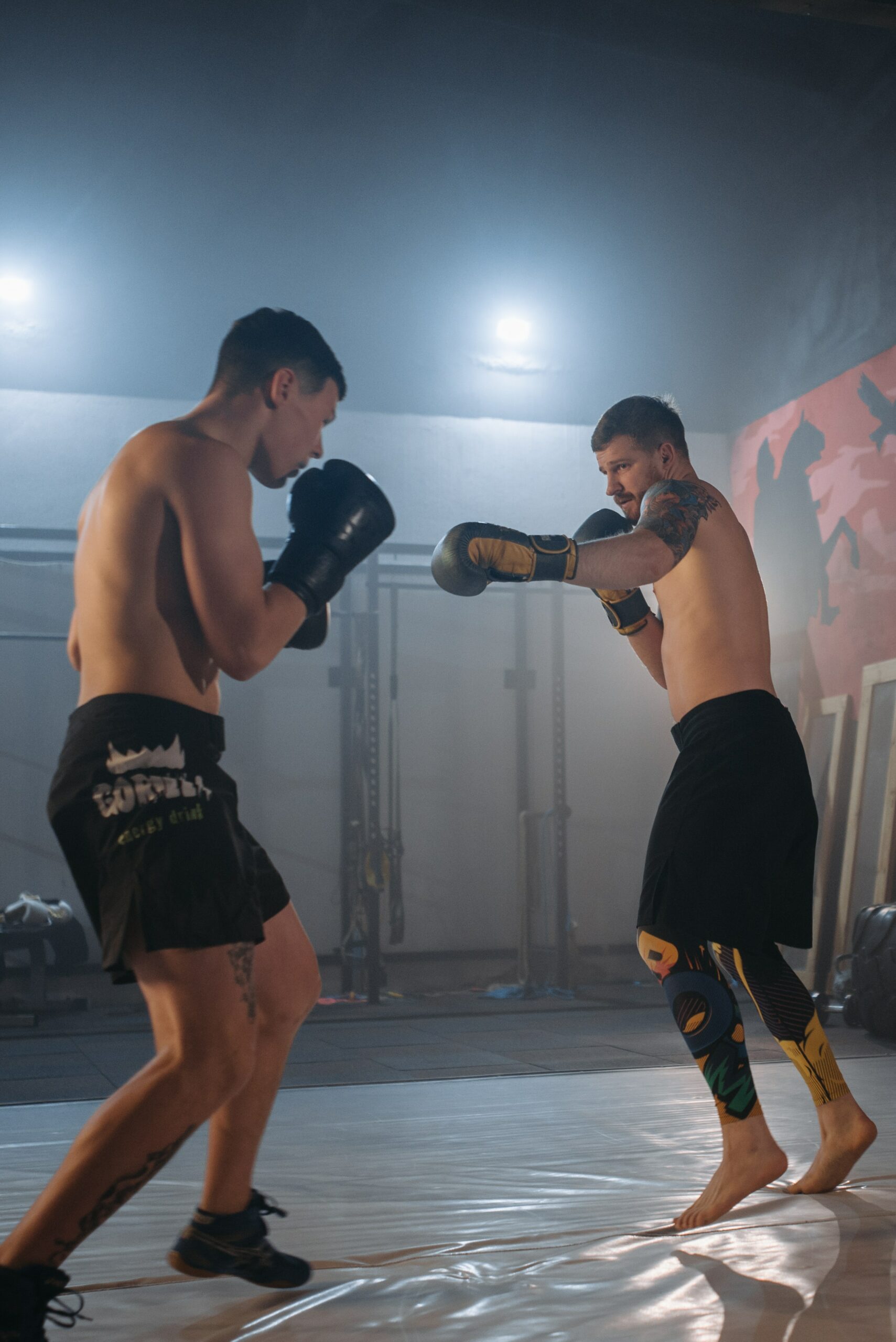

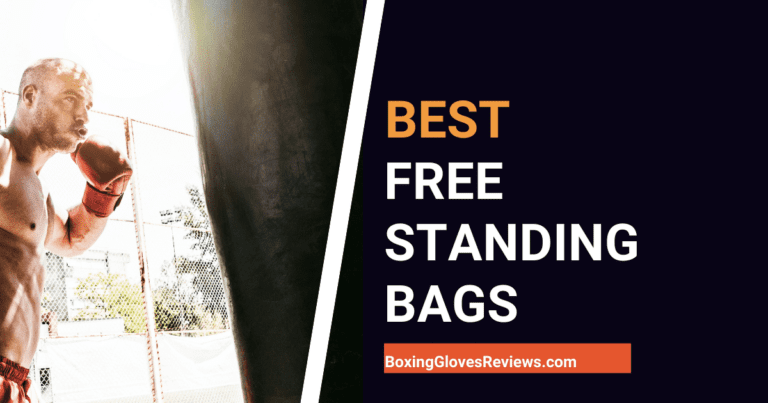
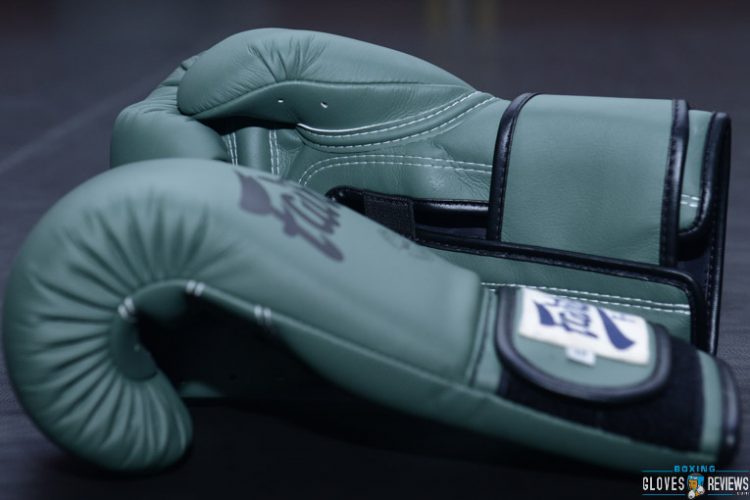
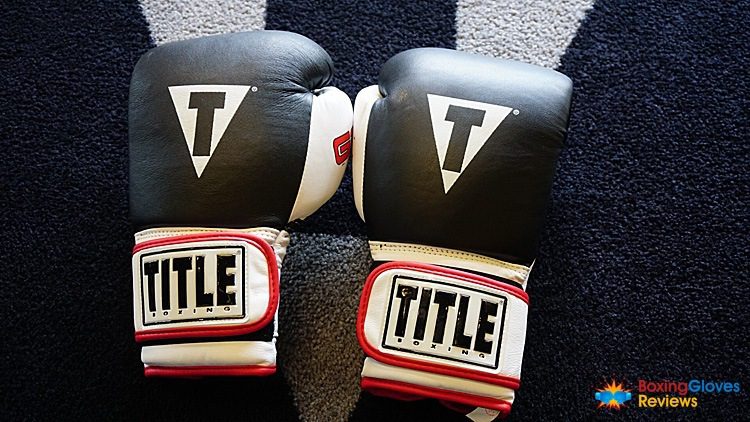
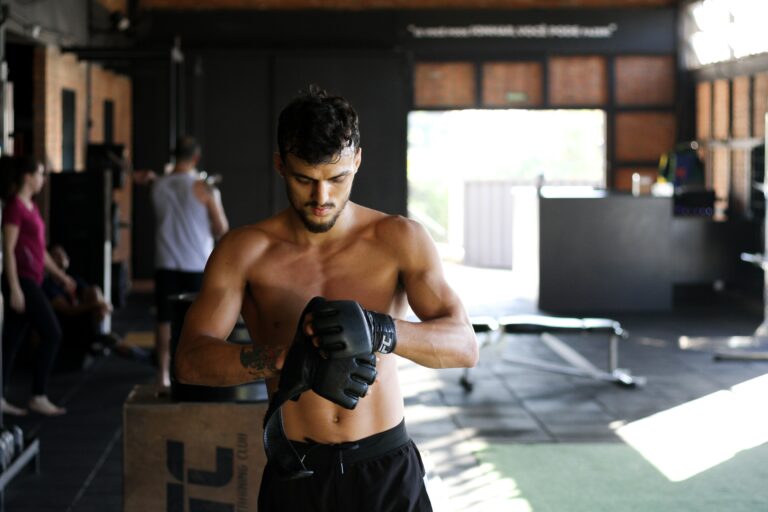



BoxingGlovesReviews neemt deel aan het Amazon Services LLC Associates-programma. U steunt onze kleine onderneming door via deze website te kopen, aangezien wij een klein percentage van de omzet ontvangen. Bedankt!